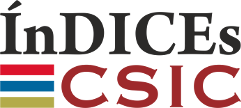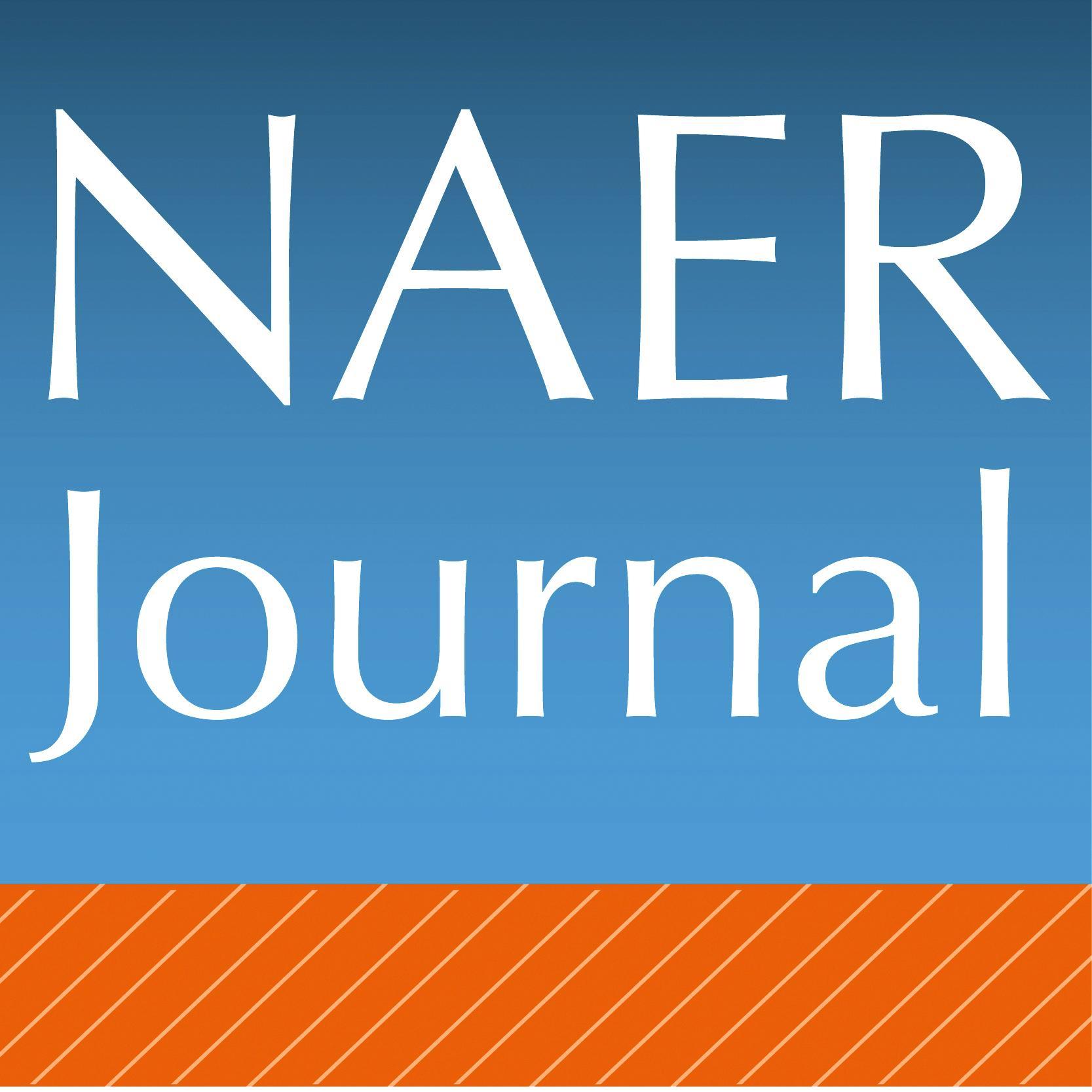Uso combinado de software libre y de técnicas analíticas para facilitar la comprensión de los diagramas de equilibrio químico
Resumen
En el presente trabajo se han investigado las ventajas resultantes del uso combinado del software libre Spana para la realización de diagramas de equilibrio junto con diferentes técnicas experimentales de análisis químico. El software Spana se ha utilizado para representar diagramas de distribución de especies de diferentes disoluciones de ácido fosfórico y sus sales. Los diagramas resultantes se han relacionado con los resultados obtenidos mediante conductimetría y colorimetría, bajo el contexto de la realización de un trabajo fin de Máster por parte de un alumno de Ingeniería Química. Los resultados alcanzados demuestran que el uso de técnicas experimentales junto con un software fácil de usar contribuye a mejorar la comprensión de los alumnos de la relevancia que tienen los desplazamientos del equilibrio químico sobre diferentes procesos ingenieriles. La metodología propuesta reduce el tiempo del proceso de aprendizaje por parte de los alumnos y puede resultar de utilidad, no solamente para la realización de trabajos fin de máster, sino también en la realización de prácticas de laboratorio en asignaturas relacionadas con el análisis químico.
Descargas
-
Resumen880
-
PDF1030
-
PDF Kindle1030
-
Infografía13
Citas
Briones, L., & Escola, J. M. (2019). Application of the Microsoft Excel Solver tool in the solution of optimization problems of heat exchanger network systems. Education for Chemical Engineers, 26, 41–47.
Brown, P. (2009). Understanding Solubility through Excel Spreadsheets. Journal of Chemical Education, 78(2), 268–270. https://doi.org/10.1021/ed078p268
Cabero Almenara, J. (2016). ¿Qué debemos aprender de las pasadas investigaciones en Tecnología Educativa? Revista Interuniversitaria de Investigación En Tecnología Educativa, 0, 23–33. https://doi.org/10.6018/riite/2016/256741
Cress, N. L., Robinson, M. A., Corner, L., Legge, R. L., & Ricardez-Sandoval, L. A. (2012). Problem-solving and concept integration using a computational tool in first-year undergraduate chemical engineering. Education for Chemical Engineers, 7(3), e133–e138. https://doi.org/10.1016/j.ece.2012.05.001
Creswell, J. W. (2013). Qualitative inquiry & research design : choosing among five approaches (3rd ed.). SAGE publications.
Eastman, M. G., Christman, J., Zion, G. H., & Yerrick, R. (2017). To educate engineers or to engineer educators?: Exploring access to engineering careers. Journal of Research in Science Teaching, 54(7), 884–913. https://doi.org/10.1002/tea.21389
García-Antón, J., Pérez-Herranz, V., Guiñón, J. L., & Nachiondo-Farinós, T. (2001). ChemGraph : estudio de los equilibrios químicos, tratamiento gráfico por ordenador. Editorial Universidad Politécnica de Valencia.
Gonzálvez-Zafrilla, J. M., Santafé-Moros, A., Catalán-Martínez, D., Toldrá-Reig, F., & Martí-Calatayud, M. C. (2019). Desarrollo y aplicación del software DISEVAP_edu como apoyo al aprendizaje del diseño y análisis de procesos de evaporación de múltiples efectos. In IN-RED 2019. V Congreso de Innovación Educativa y Docencia en Red (pp. 1165–1177). Editorial Universitat Politècnica de València. https://doi.org/10.4995/inred2019.2019.10481
Gozálvez Zafrilla, J.M. Santafé Moros, M. A. (2016). Cálculo con Mathcad del proceso de concentración de un tanque con una membrana. https://bit.ly/3bhn5YD
Gros, B. (2009). Retos y tendencias sobre el futuro de la investigación acerca del aprendizaje con tecnologías digitales. RED. Revista de Educación a Distancia, 32.
Ibanez, J. G., Balderas-Hernandez, P., Garcia-Pintor, E., Barba-Gonzalez, S. N., Doria-Serrano, M. C., Hernaiz-Arce, L., Diaz-Perez, A., & Lozano-Cusi, A. (2011). Laboratory experiments on the electrochemical remediation of the environment. Part 9: Microscale recovery of a soil metal pollutant and its extractant. Journal of Chemical Education, 88(8), 1123–1125. https://doi.org/10.1021/ed101033h
Kim, S., Choi, H., & Paik, S. H. (2019). Using a systems thinking approach and a scratch computer program to improve students’ understanding of the brønsted-lowry acid-base model. Journal of Chemical Education, 96(12), 2926–2936. https://doi.org/10.1021/acs.jchemed.9b00210
Láng-Lázi, M., Dióspatonyi, I., Petz, D., Viczián, Z., & Fetter, G. (1999). Computer and multimedia in chemical engineering education. Computers & Chemical Engineering, 23, S637–S640. https://doi.org/10.1016/S0098-1354(99)80156-2
Lou, A. J., & Jaeggi, S. M. (2020). Reducing the prior‐knowledge achievement gap by using technology‐assisted guided learning in an undergraduate chemistry course. Journal of Research in Science Teaching, 57(3), 368–392. https://doi.org/10.1002/tea.21596
Macey, A., Gurguis, N., Tebboth, M., Shah, P. S., Chesi, C., Shah, U. V., & Brechtelsbauer, C. (2018). Teaching reaction kinetics with chemiluminescence. Education for Chemical Engineers, 22, 53–60. https://doi.org/10.1016/j.ece.2017.12.001
Martí-Calatayud, M. C., García-Gabaldón, M., & Pérez-Herranz, V. (2012). Study of the effects of the applied current regime and the concentration of chromic acid on the transport of Ni2+ ions through Nafion 117 membranes. Journal of Membrane Science, 392–393, 137–149. https://doi.org/10.1016/j.memsci.2011.12.012
Martí-Calatayud, M. C., García-Gabaldón, M., & Pérez-Herranz, V. (2018). Mass Transfer Phenomena during Electrodialysis of Multivalent Ions: Chemical Equilibria and Overlimiting Currents. Applied Sciences, 8(9), 1566. https://doi.org/10.3390/app8091566
Martín, A., & Mato, F. A. (2008). Hint: An educational software for heat exchanger network design with the pinch method. Education for Chemical Engineers, 3, e6–e14.
Martínez Pons, J. (2017). Preparación de una pintura como hilo conductor de un bloque didáctico temático. Anales de La Real Sociedad Española de Química, 113(2), 113–120.
Paricio Royo, J. (2018). Marco de desarrollo profesional del profesorado universitario. Planteamiento general y dimensiones. Red Estatal de Docencia Universitaria, REDU. https://doi.org/10.1017/CBO9781107415324.004
Rowe, L. (2017). Green Fluorescent Protein-Focused Bioinformatics Laboratory Experiment Suitable for Undergraduates in Biochemistry Courses. Journal of Chemical Education, 94(5), 650–655. https://doi.org/10.1021/acs.jchemed.6b00533
Santafé Moros, A., Gozálvez-Zafrilla, J. M., Toldrá-Reig, F., Catalán-Martínez, D., & Martí-Calatayud, M. C. (2019). Uso combinado de VBA y Solver de Excel para la realización de ejercicios de optimización en ficheros Excel fácilmente evaluables. In IN-RED 2019. V Congreso de Innovación Educativa y Docencia en Red (pp. 1178–1191). Editorial Universitat Politècnica de València. https://doi.org/10.4995/inred2019.2019.10482
Santafé Moros, M. (2008). Determinación de la situación mínima en extracción líquido-líquido a contracorriente (Laboratorio virtual de simulación). https://bit.ly/2z9VmuF
Seidman, I. (2006). Interviewing as qualitative research: A guide for researchers in education & the social sciences (3rd ed.). Teachers College Press.
Selmer, A., Kraft, M., Moros, R., & Colton, C. K. (2007). Weblabs in Chemical Engineering Education. Education for Chemical Engineers, 2(1), 38–45. https://doi.org/10.1205/ece06018
Serrano-Perez, J. J. (2018). Aprender física y química “jugando” con laboratorios virtuales. Revista de La Real Sociedad Española de Química, 114(1), 40–41.
Sevian, H., & Talanquer, V. (2014). Rethinking chemistry: A learning progression on chemical thinking. Chemistry Education Research and Practice, 15(1), 10–23. https://doi.org/10.1039/c3rp00111c
Tomás Serrano, A., & Garcia Molina, R. (2017). Determinación de la constante de Avogadro mediante una experiencia de electrólisis realizada con productos de bajo coste. Anales de La Real Sociedad Española de Química, 113(1), 47–53.
Vander-Griend, D. A. (2011). Equilibrator: Modeling chemical equilibria with Excel. Journal of Chemical Education, 88(12), 1727–1729. https://doi.org/10.1021/ed200119e
Wu, N., Kubo, T., Hall, A. O., Zurcher, D. M., Phadke, S., Wallace, R. L., & McNeil, A. J. (2019). Adapting Meaningful Learning Strategies to Teach Liquid-Liquid Extractions. Journal of Chemical Education, 97(1), 80–86. https://doi.org/10.1021/acs.jchemed.9b00717
Derechos de autor 2020 Emma Ortega Navarro, Manuel César Martí Calatayud, Valentín Pérez Herranz, Montserrat García Gabaldón, Jordi Carrillo Abad

Esta obra está bajo una licencia internacional Creative Commons Atribución-NoComercial-CompartirIgual 4.0.
Aquellos autores que tengan publicaciones con esta revista aceptan los términos siguientes :
-
Los autores conservarán sus derechos de autor y garantizarán a la revista el derecho de primera publicación de su obra, el cuál estará simultáneamente sujeto a la Licencia Creative Commons Atribución no comercial compartir por igual 4.0 Internacional que permite compartir, copiar y redistribuir el material en cualquier medio o formato y adaptar, remezclar, transformar y construir sobre el material en los siguientes términos:
Reconocimiento - Debe dar el crédito apropiado, proporcionar un enlace a la licencia, e indicar si se han realizado cambios. Puede hacerlo de cualquier manera razonable, pero no de una manera que sugiere que el licenciante o su uso hace suya. No comercial - No puede utilizar el material con fines comerciales. Compartir bajo la misma - Si remezcla, transformar o crear sobre el material, se debe distribuir sus contribuciones bajo la misma licencia que el original. -
Los autores podrán adoptar otros acuerdos de licencia no exclusiva de distribución de la versión de la obra publicada (p. ej.: depositarla en un archivo telemático institucional o publicarla en un volumen monográfico) siempre que se indique la publicación inicial en esta revista.
-
Se permite y recomienda a los autores difundir su obra a través de Internet (p. ej.: en archivos telemáticos institucionales o en su página web) antes y durante el proceso de envío, lo cual puede producir intercambios interesantes y aumentar las citas de la obra publicada. (Véase El efecto del acceso abierto).
-
En cualquier caso, el Equipo Editorial entiende que las opiniones vertidas por los autores son de su exclusiva responsabilidad.
















